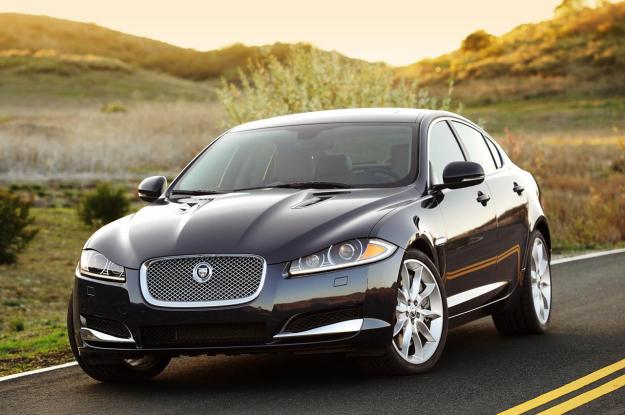 Jaguar is methodically clawing (no pun intended) its way back to relevance in the luxury segment, and one big step toward that goal will be a small luxury sedan to rival the BMW 3 Series. However, Jag will have a tough time standing out in that segment, which is one of the most competitive in the car industry.
Jaguar is methodically clawing (no pun intended) its way back to relevance in the luxury segment, and one big step toward that goal will be a small luxury sedan to rival the BMW 3 Series. However, Jag will have a tough time standing out in that segment, which is one of the most competitive in the car industry.
Jaguar will do this with styling, design chief Ian Callum told Autocar. The brand’s 3 Series fighter will have expressive styling that will distinguish it from the competition, although he said that would be difficult in such a crowded segment.
“It is part of Jaguar’s core values to be slightly off-centre wherever it goes,” Callum said.
Based on Callum’s previous work with the XF, XJ, and XK, though, it seems like Jaguar has a fighting chance. Those cars definitely stand apart from the conservative German and Japanese offerings that make up the bulk of their respective segments.
Conservative styling is also the norm in the 3 Series’ segment, although that is changing. The 3 Series itself is handsome but not unique, and so is the Mercedes-Benz C-Class. The Audi A4 dials up the style a bit, but it’s too restrained for a person to make an emotional connection with.
That’s partially because luxury car buyers like to be discrete.
“The C and D segments are very pragmatic. Whatever we do on the styling front, we have to be careful that it doesn’t exclude a large proportion of the potential customer base,” Callum said.
On the other hand, an entry level Jaguar would have to face the brash Cadillac ATS, the curvy Infiniti Q50, and the techno-bizarro Lexus IS in a beauty contest. Jaguar has decided to bring style to entry-level luxury cars, but many of its competitors are having the same idea.
The entry-level Jaguar will be more than just a pretty face, though. As we predicted, it will use the Premium Lightweight Architecture aluminum platform from the Range Rover, and will likely be powered by a range of turbocharged four-cylinder engines that should provide good fuel economy without sacrificing power.
We probably won’t see Jaguar’s 3 Series fighter before 2016. We’ll be eager for a test drive when it gets here, no matter what it looks like.
Do you think Jaguar has a chance of stealing the BMW 3 Series thunder (and sales)? Tell us in the comments.
Editors' Recommendations
- 2024 BMW i5 unveiled as the first electric 5 Series
- The all-electric BMW i7 is a home theater on wheels
- BMW will launch an electric version of one of its most popular models in 2020
- BMW continues to define the concept of style over substance with the 2020 X6
- Horsepower, tech, or cubic feet? Have all three in the BMW 8 Series Gran Coupe


